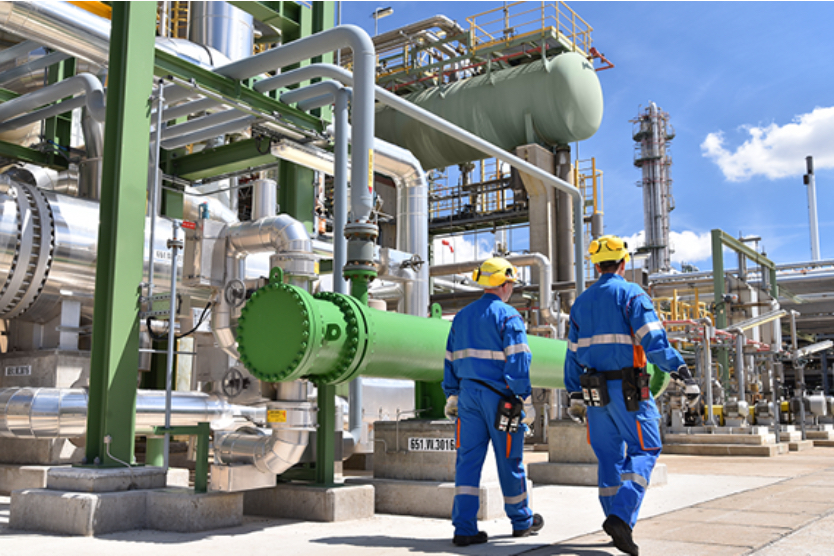Petrochemicals are chemicals obtained from refining petroleum, crude oil and natural gas, the primary and raw material sources that enable numerous aspects of modern daily life.Several high-tech separation processes are undertaken in petrochemical plants to convert these raw materials into chemical products such as propylene, xylene, methanol and ethylene. The chemicals are then used to produce everyday products such as plastics, cosmetics, tyres, resins, rubbers, adhesives, and even embalming substances.
During these high temperature and intensive processes of separation the exhaust streams produce potentially hazardous and corrosive chemical and gas residues. It is crucial that exhaust systems are of the highest corrosion proof quality to ensure safe operation.
Industrial exhaust fans suitable for this industry are designed for corrosion protection, explosion protection and protection against other elements such as heat, moisture, and salty air. Explosion proof ATEX exhaust fans safely remove and transport the hazardous gases away from personnel and prevent these gases from mixing with other elements to avoid explosions.
What is ATEX
ATEX stands for atmospheres explosible and refers to an area where there is a potential for an explosion if there is the presence of combustible dust or gases. The potential for the explosion is separated by what is known as gas and dust zones. The more likely an explosion the lower the number related to the zone. For example, zone 0 gas area classification means that an explosion potential is continuously present, zone 2 would mean the explosion potential may occur abnormally and with zone 1 it would occasionally be present. This dictates the type or equipment and the protection rating required to ensure continual safety. The same idea is in place for combustible dusts with zone 20, 21 and 22.
Choosing a Suitable Petrochemical Exhaust Fan
304 stainless steel ATEX fans are the ideal choice due to their ability to handle the extreme temperatures of the fracking process whilst also resisting any corrosive gases that may destroy internal or whole fan components.
304 stainless steel fans are available in two constructions. Either only the internal components are manufactured using stainless steel, if it is only these parts that will be present in the corrosive air, or alternatively, if the entire fan is situated in a corrosive environment and is at risk of rusting as a result, then the entire outer casing and internal components can be manufactured from corrosion resistant materials while still having explosion protection up to zone 1 gases.
ATEX Temperature Classes in Petrochemical
There’s a huge number of processes involved in petrochemical production. The distillation of crude oil which contains a mixture of hundreds of hydrocarbons involves heating in a furnace and the resulting mixture is fed as a vapour into a distillation tower. The chemicals produced have different temperatures that separate them during the fractional distillation stage creating a temperature gradient in the tower <350°C to 25°C. Following the distillation step, cracking is the main process that breaks these mixtures down into hydrocarbons by means of high temperatures and pressure. Hydrocarbons are generally flammable, so it’s compulsory that ATEX fans are used. Wherever air is contaminated with flammable substances then there is a need for protection.
Industrial fans are temperature rated to ensure that they’re not used in an environment that would exceed the highest acceptable surface temperature on the fan motors surface. If the temperature exceeds this level, ignition of either the gas or dust is possible. This is a required indication that the customer should communicate before any industrial fan selection for an explosive environment. Temperature charts are useful in determining the correct T class based on chemicals in the air stream. For example, Hydrogen is a IIC Gas group with a T temp class making it one of the hottest, most dangerous gases.
Learn more at www.axair-fans.co.uk


